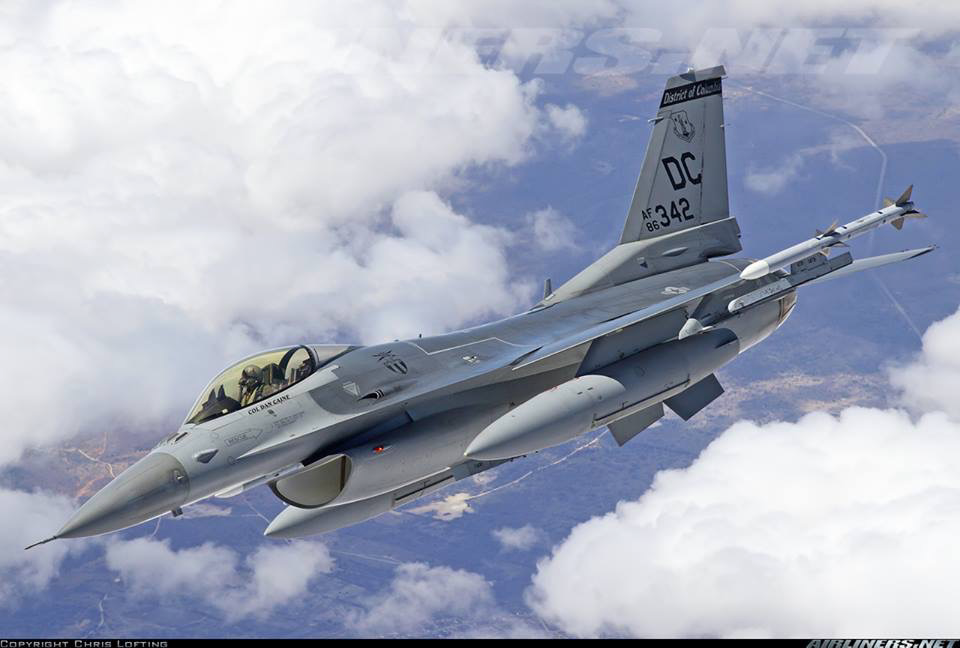For some, air to air combat (e.g. “dogfighting”) can be a high-speed, high-stress evolution. In flying fighters, our goal is to always keep our cool, “stay frosty” (See my previous blog post), and work the problem before us in an antiseptic, unemotional fashion in order to win every time.

As an instructor pilot, I’ve spent a lot of time teaching flight leads and mission commanders about leading in combat. One of the early things I spend time with them thinking about is the need to develop a set of cues that will help them quickly determine if they are winning, equal, or losing against the enemy.
These cues can come from a variety of sources including the radio, our geographical location, our altitude, how many enemy airplanes we have shot down, how many we have lost, how many weapons we have remaining, etc. The sources of information are many.
The key is that we are mentally thinking about these cues and the context in which we are processing this information, which allows us to quickly understand how the fight is going and make adjustments on the fly.
I teach the same approach when I’m talking to young leaders regardless of their industry. I stress to them that regardless of who or what you are leading, whether it’s a flight of F-16s, a Special Forces Team, or a group of Accountants or Consultants, leaders should develop a set of winning, losing, and equal cues to help them be their most effective.
What are yours?
The Author is currently serving as an active-duty military officer. Any comments or recommendations on this post or on this site are solely my personal views and do not represent the position of any branch of the United States Government.
